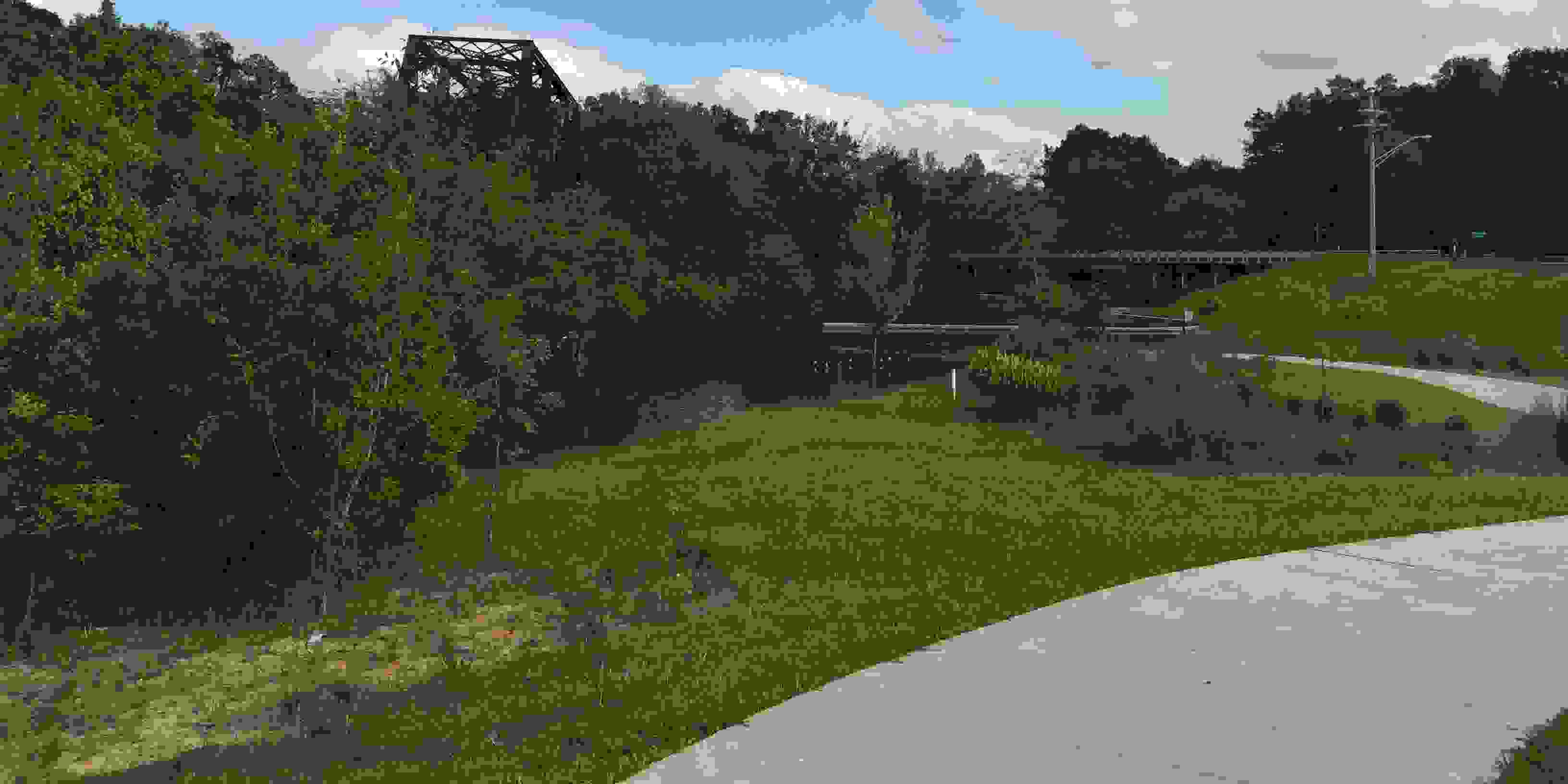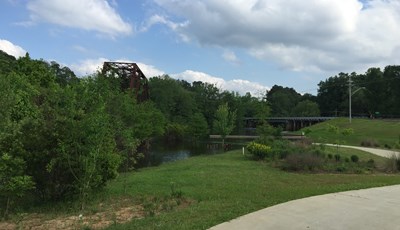The new Urban Riparian and Stream Restoration Program, coordinated by the Texas Water Resources Institute in collaboration with the Texas A&M AgriLife Research Center in Dallas, is bringing awareness, education and the value of stream restoration to urban areas around Texas.
The program, funded through a Clean Water Act nonpoint source grant from the Texas Commission on Environmental Quality and the U.S. Environmental Protection Agency, is a three-year grant cycle that will host 15 one-day trainings.
Clare Entwistle, research associate at TWRI and project manager for the program, said the first training was in Lewisville at the end of February. It was co-hosted locally by the Texas A&M AgriLife Extension Service office in Denton County, the Upper Trinity Regional Water District, the North Texas Municipal Water District and Tarrant Regional Water District.
“It was a great success,” she said. “The workshop is capped at 40 people, and we had 38 in attendance.”
Entwistle said despite the cold, rainy day, participants still enjoyed the workshop and 100 percent said they would recommend the course to others.
According to the survey results, over half of the participants at the Lewisville workshop said they plan to take actions or make changes in their area based on the information learned during the training.
Another urban riparian program is set for March 20 in Seguin. The program will have three more workshops this spring.
Entwistle said the program is targeting urban areas where many degraded stream systems are due to rapid development.
Dr. Fouad Jaber, AgriLife Extension program specialist at the Texas A&M AgriLife Research Center in Dallas and associate professor in the Department of Biological and Agricultural Engineering at Texas A&M, agreed.
“Riparian and stream degradation is a major threat to water quality, in-stream habitat, terrestrial wildlife, aquatic species and overall stream health,” he said. “Proper management, protection and restoration of these riparian areas will improve water quality, lower in-stream temperature and improve aquatic habitat and fish community integrity.”
The trainings include morning and afternoon sessions where participants receive classroom training and hands-on training. The afternoon sessions are outdoors where participants watch stream survey demonstrations and have the chance to learn to use surveying tools.
Entwistle said these trainings will help professionals learn about impacts of development on urban streams, natural design restoration and how to assess and classify a stream.
“The trainings will be advertised broadly, so anyone can attend whether or not they live or work in an urban center,” Entwistle said.
Another part of the program is the stream restoration demonstration. This demonstration site, located on the Geronimo Creek in Seguin, Texas at the Irma Lewis Seguin Outdoor Learning Center, will demonstrate the value of riparian restoration.
Two sites along the stream that have moderate to highly erodible banks were selected for the demonstration. The upstream site will have no restoration activities implemented, but volunteers will plant native species to revegetate the downstream site.
Water quality monitoring will be performed before, during and after revegetation for up to two years to document changes of the stream.
For more information on this program, visit the Texas Riparian Association’s website.


